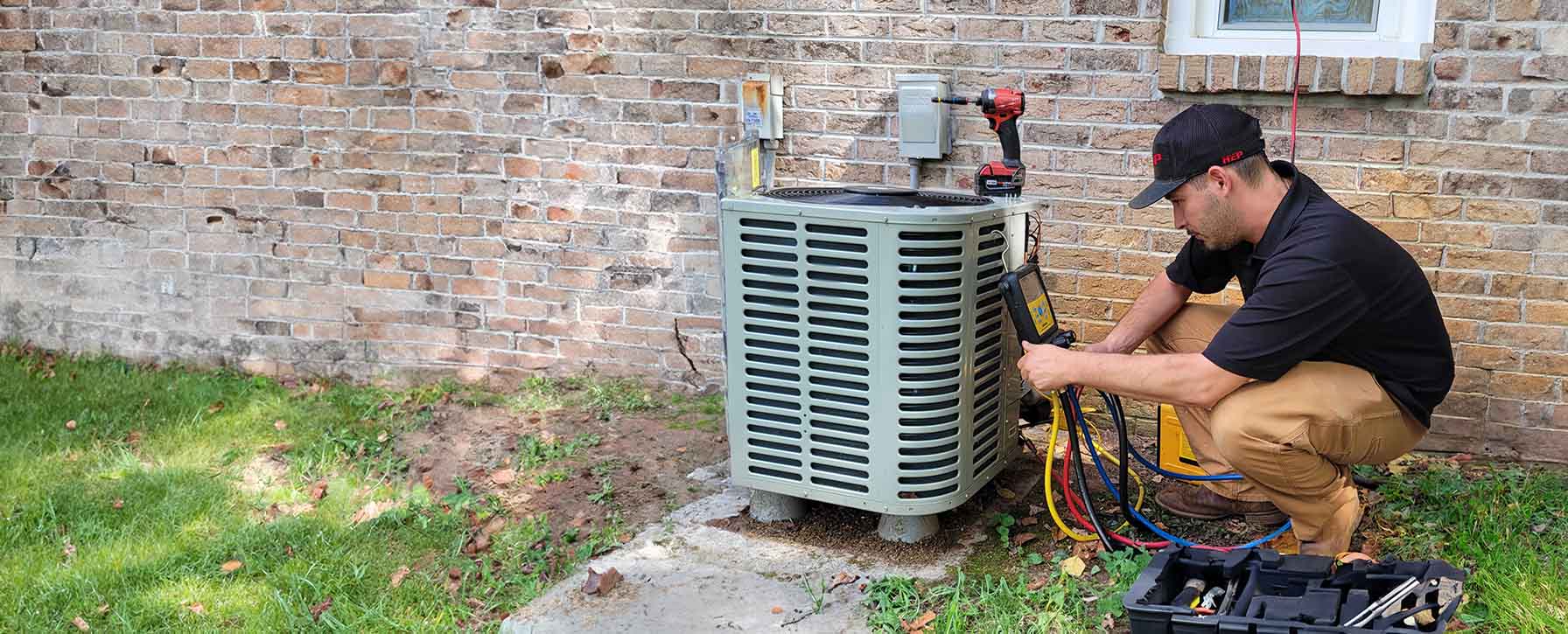

Precision Heating
Your trusted partner for professional home services. Quality workmanship, guaranteed satisfaction.




- HEP
- Precision Heating
Precision Heating | Ventilation and Air Quality | Heating and Air Conditioning | Monterey
Living near Monterey’s sparkling coastline doesn’t just mean salty breezes and breathtaking sunsets—you also face a unique mix of fog, pollen, and sea-spray that can sneak indoors and challenge your comfort. HEP’s Precision Heating & Air Conditioning team specializes in tailoring advanced filtration, balanced ductwork, and whisper-quiet fans to Monterey homes, ensuring your indoor air is as refreshing as an ocean morning while your HVAC system runs at peak efficiency. From smart thermostats that anticipate the coastal chill to energy-saving heat pumps built for our mild climate, we fine-tune every component so you can breathe easy year-round.
Whether you’re renovating an historic Pacific Grove cottage or upgrading a modern Seaside condo, our NATE-certified technicians approach every project with meticulous care, world-class equipment, and a genuine passion for customer satisfaction. Discover how a custom solution focused on ventilation and air quality can eliminate musty odors, reduce allergens, and extend the life of your HVAC investment—then relax knowing HEP is just a quick call away for friendly advice, honest pricing, and precision workmanship you can feel in every breath.
FAQs
Why is proper ventilation important for homes in Monterey’s coastal climate?
Monterey’s marine layer and mild, damp air can trap moisture inside tightly sealed homes. Without adequate ventilation, that moisture promotes mold growth, dust-mite activity, and lingering odors. A balanced ventilation system—such as an energy-recovery ventilator (ERV)—exchanges stale indoor air with fresh outside air while maintaining temperature and humidity levels. This refreshes oxygen levels, dilutes airborne pollutants, and prevents structural damage caused by excess moisture.
How can a high-efficiency air filtration system improve indoor air quality?
High-efficiency media filters (MERV 11–16) and true HEPA filtration capture up to 99.97 % of particles down to 0.3 microns, including pollen, wildfire smoke, pet dander, and bacteria. When installed in your central HVAC return or as a standalone air purifier, these filters reduce respiratory irritants, ease allergy symptoms, and lessen dust accumulation on furnishings and HVAC coils—improving both health and system performance.
What HVAC maintenance tasks should be performed regularly to keep my system running efficiently?
• Replace or clean filters every 1–3 months. • Schedule professional tune-ups twice a year—once before the cooling season and once before the heating season. • Have coils cleaned to prevent salt-air corrosion. • Check and tighten electrical connections, refrigerant charge, and thermostat accuracy. • Clear debris from outdoor condensers and ensure at least 2 feet of clearance for proper airflow. Regular maintenance can lower energy bills by up to 20 %, extend equipment life, and preserve manufacturer warranties.
Are there eco-friendly heating and cooling options suitable for Monterey residents?
Yes. Because Monterey’s climate is moderate, high-efficiency heat pumps and ductless mini-splits provide year-round comfort with minimal energy use. Variable-speed compressors deliver precise temperature control and dehumidification while operating quietly. Pairing a heat pump with rooftop solar further reduces carbon footprint. For existing gas furnaces, upgrading to a 96 % AFUE condensing model or adding smart zoning controls can significantly cut fuel consumption.
How does coastal salt air affect HVAC equipment, and what can be done to protect it?
Salt-laden moisture accelerates corrosion on outdoor condenser coils, fins, and electrical components, leading to refrigerant leaks and efficiency loss. Protective measures include: • Applying anti-corrosion coil coatings. • Scheduling coil rinses with fresh water every 3–6 months. • Installing marine-grade aluminum or epoxy-coated steel components. • Locating equipment away from direct ocean spray and using wind barriers when possible. These steps can double the service life of HVAC units in coastal environments.
What signs indicate that my home may have poor indoor air quality?
Common indicators include persistent musty or chemical odors, visible mold on walls or windows, frequent dust buildup, aggravated allergies or asthma, headaches, and condensation on interior glass. If multiple occupants experience similar symptoms only when inside the home, an indoor air quality assessment—testing for particulate matter, volatile organic compounds (VOCs), and relative humidity—can pinpoint the sources so targeted solutions such as enhanced filtration, ventilation, or dehumidification can be implemented.